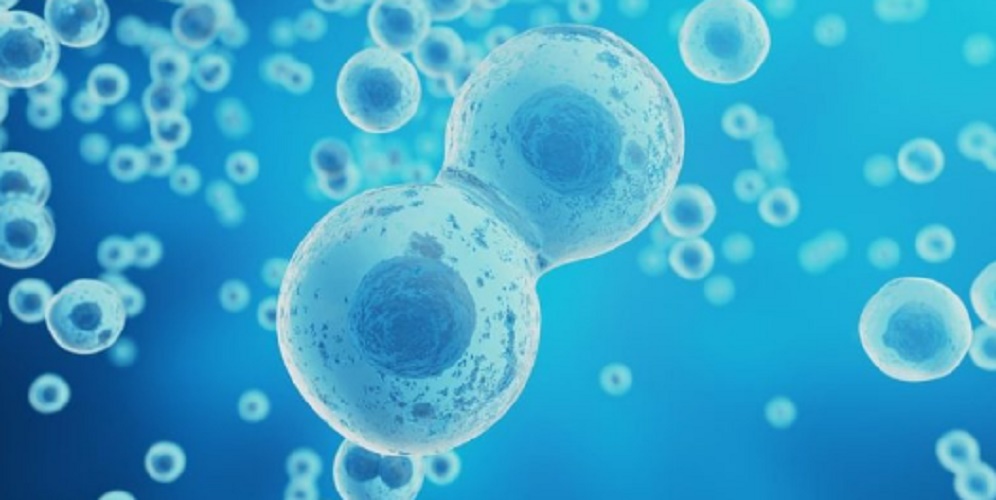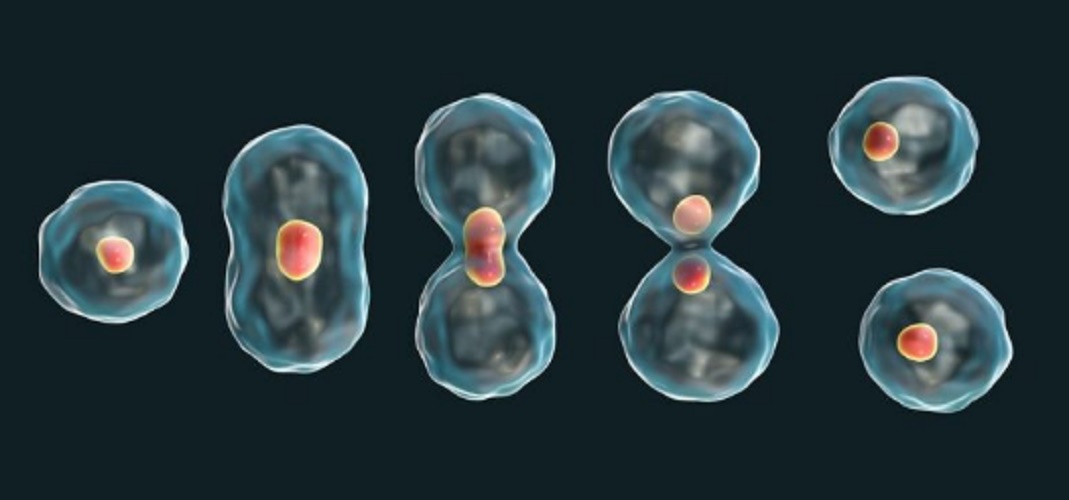What is meiosis?
We explain what meiosis is and what each of its phases consists of. Also, what is mitosis and its differences with meiosis.
-
What is meiosis?
Meiosis or meyosis is called one of the ways in which cells reproduce , characterized by providing genetic variety in the descending cells , which is key to sexual reproduction: the one that involves two different individuals to produce a new one, whose material Genetic will be a combination of the previous two.
Meiosis consists of the division of a diploid cell (2n), that is, provided with two sets of chromosomes (most of our cells are of this type), into four haploid cells (n), that is, provided with half of the genetic load of the anterior cell.
These haploid cells operate as a seed of a new individual, once it is fused with another from another individual, each contributing half of its genetic load. This is how gametes, the reproductive cells of animals and humans work.
Thus, meiosis is a process prior to sexual reproduction , since gametes (ovules and spermatozoa, for example) are formed in it. However, it is also part of complex life cycles, in algae, fungi and other simple eukaryotes, to achieve some generational alternation, reproducing their cells in a sexual and asexual way at different stages.
Meiosis was discovered in the 19th century by the German biologist Oscar Hertwig (1849-1922), from his studies with sea urchin eggs. Since then, successive research contributed to a better understanding and to understand its vital importance in the evolution of higher forms of life.
-
Phases of meiosis

Meiosis is a complex process that involves two distinct phases: meiosis I and meiosis II. Each of them is composed of several stages: prophase, metaphase, anaphase and telophase. This merits a more detailed study:
- I meiosis . First cell division of the diploid (2n), known as reductive, as it results in cells with half the genetic load (n).
- Prophase I . The first step consists in preparing the DNA to become two different sets, so that the genetic material intersects and a sort of dividing line emerges in the cell.
- Metaphase I . The chromosomes are located in the center of the cell (equator) and begin to separate. Random genetic distribution has already been carried out.
- Anaphase I . Each string of DNA tends to a cell pole, forming two haploid poles (n).
- Telophase I . The plasma membrane separates and gives rise to two haploid cells.
- Meiosis II . Known as a duplicative phase, it resembles mitosis: two whole individuals are formed by duplicating the DNA.
- Prophase II . Haploid cells created in meiosis I condense their chromosomes and break the nuclear envelope.
- Metaphase II . As before, chromosomes tend towards the middle of the cell, preparing for a new division.
- Anaphase II . The genetic material tends to separate and migrate to the poles of the cell, enlisting the new process of cell division.
- Telophase II . The cell membranes separate again and result in four haploid cells (n), each with a different distribution from the complete genetic code of the individual.
-
Meiosis and mitosis

The differences between mitosis and meiosis are several:
- Mitosis is asexual . Mitosis involves the division of an original cell to form two genetically identical, from a total division of the individual. This form of reproduction produces cellular “clones” and is considered asexual, since it does not add variety to the genetic well. Meiosis, on the other hand, is the preparation for sexual reproduction and therefore allows high genetic recombination.
- Mitosis creates two individuals , both diploids. Meiosis instead produces four, but all haploid.
- Mitosis preserves DNA . As mentioned before, mitosis is a mechanism of preservation of intact genetic material, while meiosis subjects it to a recombination process in which the error is much more possible, but also enriches the genome and allows the creation of particularly successful chains.





